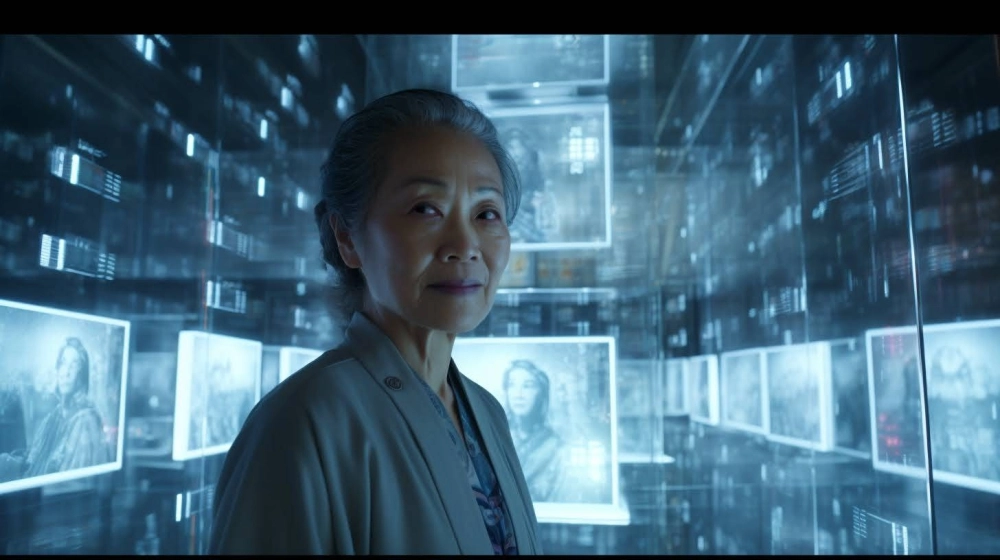The concept came with a child’s question, on a busy train careening through picturesque Vienna: “Siri, do you have a mummy?”
As Emil Jimenez, founder and CEO of MindBank AI, watched his young daughter interact with Apple’s digital assistant device, he was gripped.
“Imagine this moment: Everyone around us just stops what they’re doing — and seeing this little 4-year-old have a conversation with Siri,” he says, as we speak by video call.



















With your current subscription plan you can comment on stories. However, before writing your first comment, please create a display name in the Profile section of your subscriber account page.